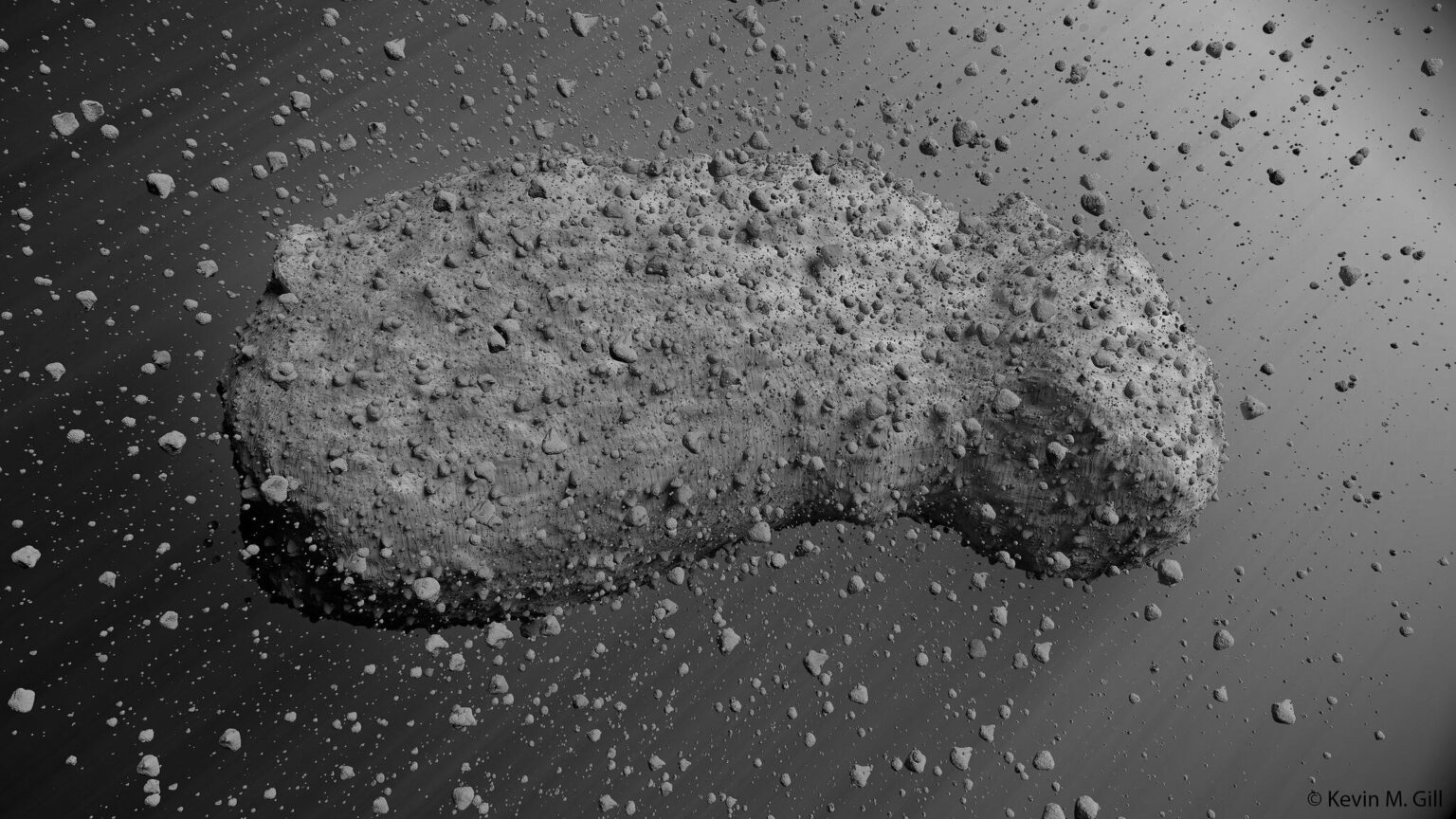Scientists have studied samples of the asteroid Itokawa, belonging to a class of objects called a “rubble pile”, that is, it consists of separate, weakly cemented rocks. They came to the conclusion that it is almost impossible to destroy it.

Itokawa Asteroid Exploration
Scientists have come to the conclusion that asteroids belonging to a class that is conventionally called a “rubble pile” are almost impossible to destroy. They made such a conclusion after studying samples of material from the “heavenly rock” called Itokawa.
It has a diameter of about 500 meters. It was examined by the Japanese Hayabusa-1 apparatus, which brought its samples to Earth. Studying them, scientists came to the conclusion not only that it was a “rubble pile“, but also that it was formed almost 4.2 billion years ago. It was then that a collision occurred that destroyed the “parent” asteroid of Itokawa.
Since then, it has remained almost unscathed. At the same time, scientists are sure that the reason for this is its “non-monolithic” nature. Usually, space rocks of this size live only a few hundred thousand years. However, Itokawa’s shattered surface helps it survive the collision for a much longer time.
Is the “rubble pile” indestructible?
To find out more about how Itokawa survived billions of years, scientists conducted two additional studies. The first of them was electron backscattering diffraction. It allowed to establish whether the rock experienced meteorite impacts. The second method was argon-argon dating, which allowed us to determine when the last collisions occurred.
The results show that the “rubble pile” is extremely resistant to impact. Itokawa has experienced a bunch of collisions throughout its history, but has never broken up. This conclusion can greatly affect our strategy of protection from asteroids.
After all, it is obvious that the “rubble pile” will not be subjected to a collision with an artificial object. That is, it will not be possible to destroy it with something similar to the DART device. We’ll have to use it or a nuclear charge in order to simply deflect the asteroid from its course.
This is even more relevant if we consider that the antiquity of Itokawa has another important consequence. There should be much more similar objects in the main belt than is previously thought. They must have been accumulating there for hundreds of millions of years.
According to phys.org
Follow us on Twitter to get the most interesting space news in time
https://twitter.com/ust_magazine

